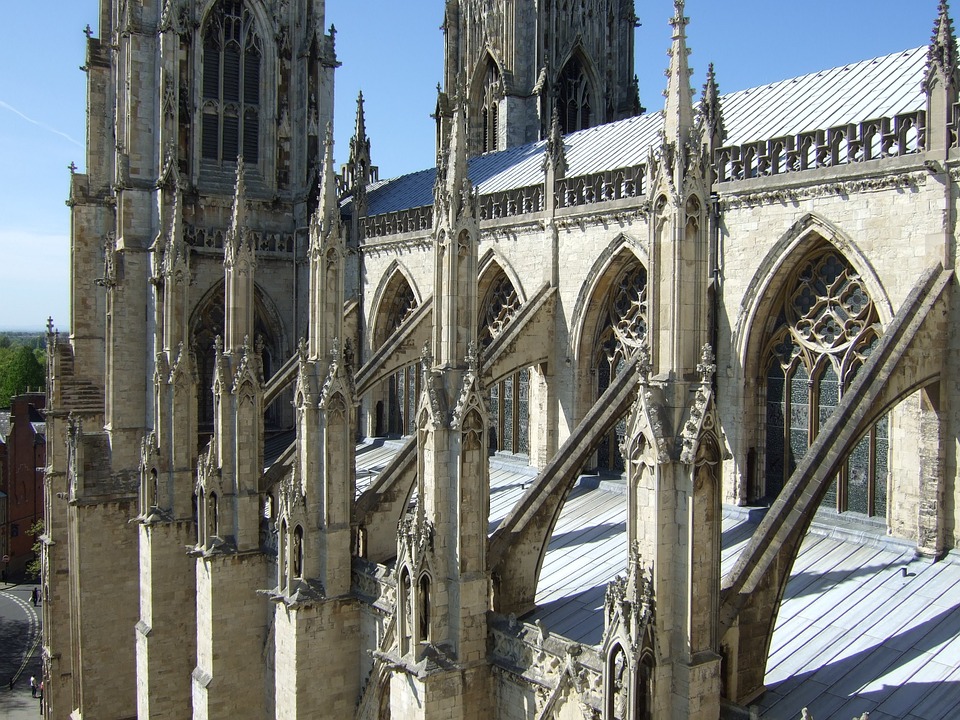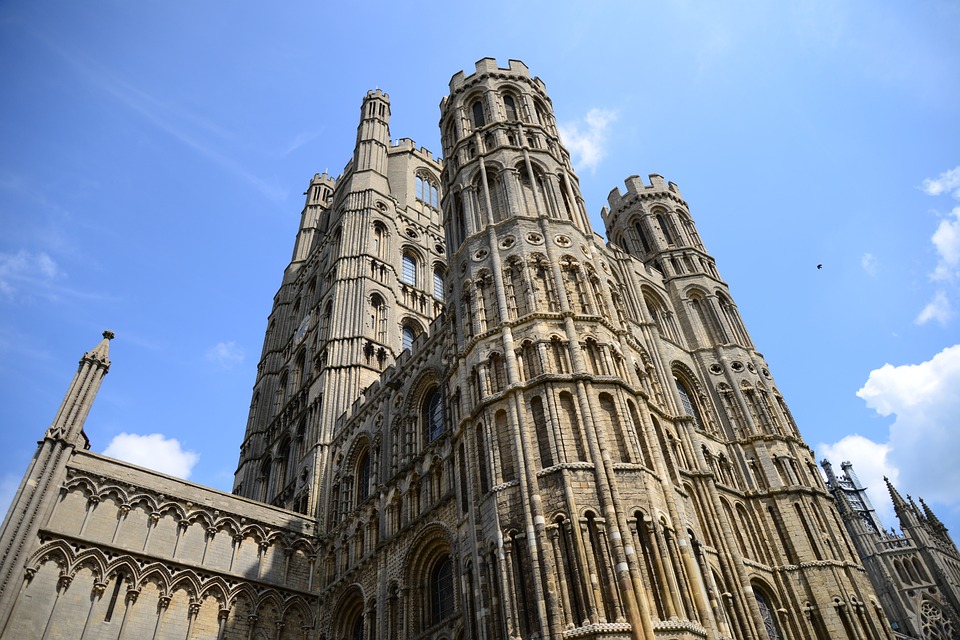Why You Associate Gothic Architecture with Halloween
Once regarded as being the epitome of academia and religion, now Gothic architecture of Britain is typically associated with words like "frightening", "dark", or in some cases, even "evil". So what caused its demise from being spiritual to spooky? You'll find out in this article!
image © Max Pixel
Gothic architecture also known during the period as Opus Francigenum ("French work") thrived in Europe during the High and Late Middle Ages. It originated in 12th century France and lasted into the 16th century which means it emerged from Romanesque architecture and was succeeded by Renaissance architecture.
image © Pexels
The characteristics of Gothic architecture include the pointed arch, the ribbed vault and the flying buttress. During its peak, the design was commonly chosen for churches, universities, castles, palaces, cathedrals, and for state buildings. This earned the style a reputation for purgatory or academia - not barbaric and terrifying.
image © PXhere
The perception of gothic architecture as barbaric, is a result of three things.
1) Critics and major architects favouring Greek and Roman classical architecture over it. Due to their preference towards classicism, they argued that the siege of Rome by the Goths in the fifth century, destroyed 'proper' Classical architecture.
2) Gothic architecture was associated with Catholics and at the time, Catholicism posed as a threat to classical order.
3) The rise of the Gothic novel. Authors of the period such as Horace Walpole who was the first Gothic Novel writer, Ann Radcliffe who introduced supernatural elements, and Bram Stoker who wrote Dracula, typically had the setting of their book take place in or around Gothic architectural buildings that were in a state of decay.
image © PX Here
Due to their literary works, arguably, the Gothic novel is the most responsible for our perception towards Gothic architecture and our association of it with Halloween. This is because when thinking about Gothic architecture, it is nearly impossible to disassociate it without a desolate backdrop or menacing shadows. Consider the Bran Castle in Transylvania. If you look at the picture above, there is nothing inherently scary about it. Until of course you start picturing what is lurking within the tower or roaming the gracious hallways - or you learn how Vlad the Impaler III (aka Dracula) was allegedly a prisoner here. Suddenly the perception of the castle changes with details added. This reaffirms the power that the Gothic novel and literature had for making Gothic architecture associated with the spooky, terrifying, and any other adjective commonly used to describe Halloween.
Sources: Exploring Castles, & The Conversation. Cover image © Pexels









